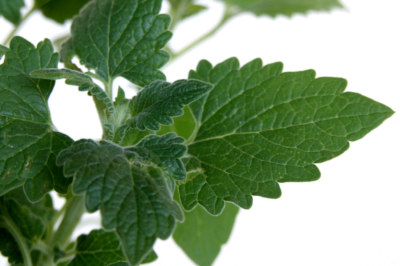It smells wonderful, looks beautiful, attracts cats like a magnet and bees also like to cavort on it. But all the positive aspects for a moment put in the background: How much care does catnip need?

Contents
How should catnip be wintered?
Catnip is perennial and hardy in our latitudes. Nevertheless, it is important to choose a warm location for it to survive the winter period without damage.
If it is kept in a pot, the pot should be covered with fleece or jute during the winter so that the roots do not freeze through. Furthermore, it is recommended – both outdoors and in the pot – not to cut the stalks of catnip in the fall. They serve as protection from freezing moisture.
Does it need fertilizer?
The green-leaved varieties should be regularly supplied with fertilizer. Compost is the most suitable. Artificial fertilizers are not recommended, as they like to contain too much nitrogen. Unlike the green-leaved varieties, the gray-leaved varieties do not require fertilizer application.
Is watering necessary?
Regular watering of the gray-leaved varieties can be forgotten once. In possession of such plants, you can carelessly go on vacation and expose the plants to the summer heat. These varieties do not resent this, as they tolerate drought and heat well. The green-leaved varieties have a different polarity. They should be regularly supplied with water.
Does it need protection from pests and diseases?
Catnip is insensitive to pests. This is mainly due to the active ingredient called nepetalactone, which is contained in its leaves and flowers, among others. Pests dislike this smell – exception: slugs. On the other hand, diseases such as powdery mildew can occur. Then it is necessary to cut back or wash off the fungus with detergent.
How and when should it be cut?
Catmint does not necessarily have to be cut, but can be:
- to extend the flowering period until autumn.
- to stop the growth of the plant
- to preserve the vigor of the plant.
It is cut to just above the ground after the main bloom – which is usually in July. This is followed by post-blooming, which lasts until autumn. Proper pruning is done in the spring.
Tips & tricks
To protect catnip from slug damage, conventional home remedies can help. These include ‘beer traps’ around the plant, slug fences and picking up the slimy animals.

